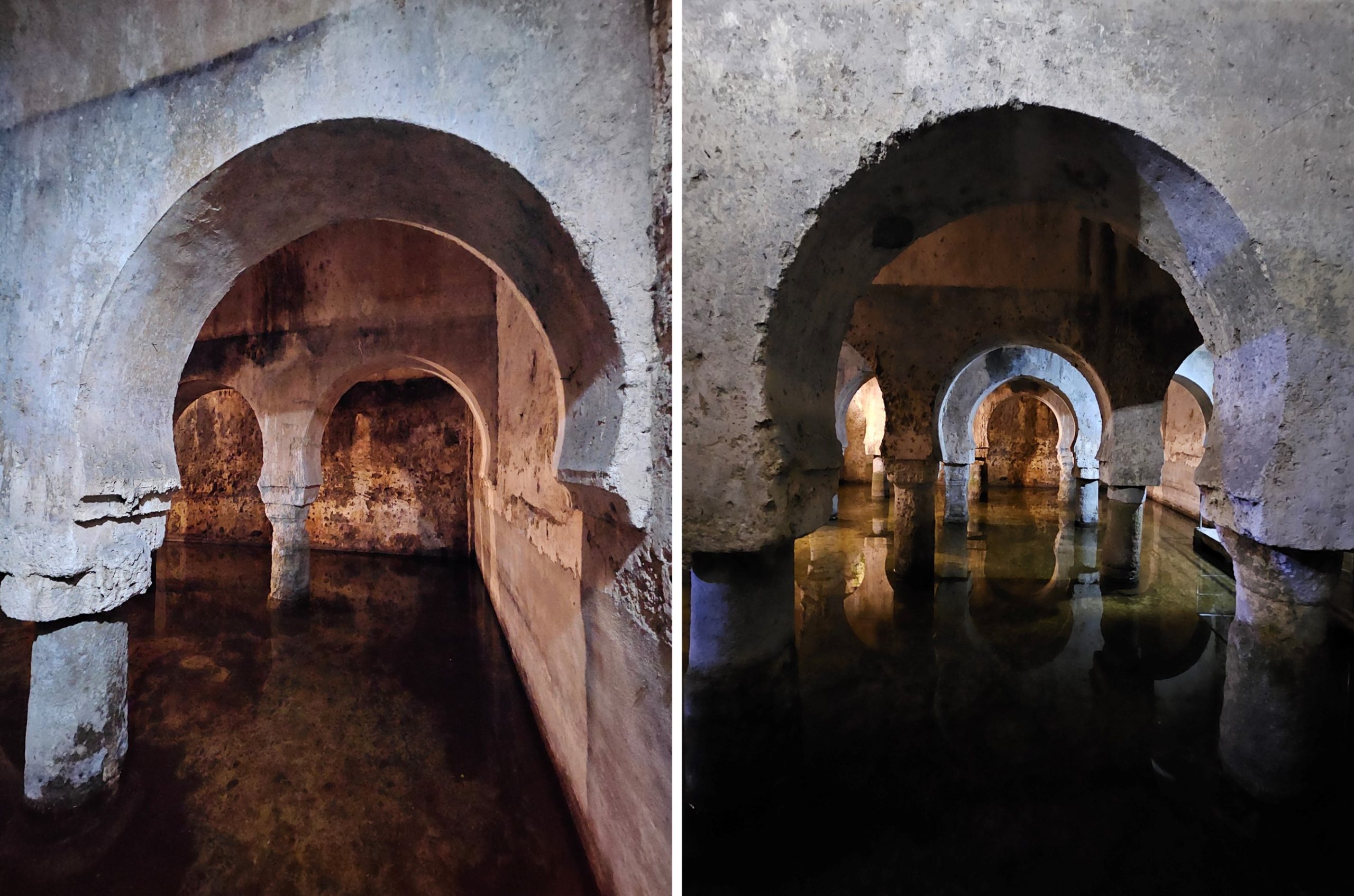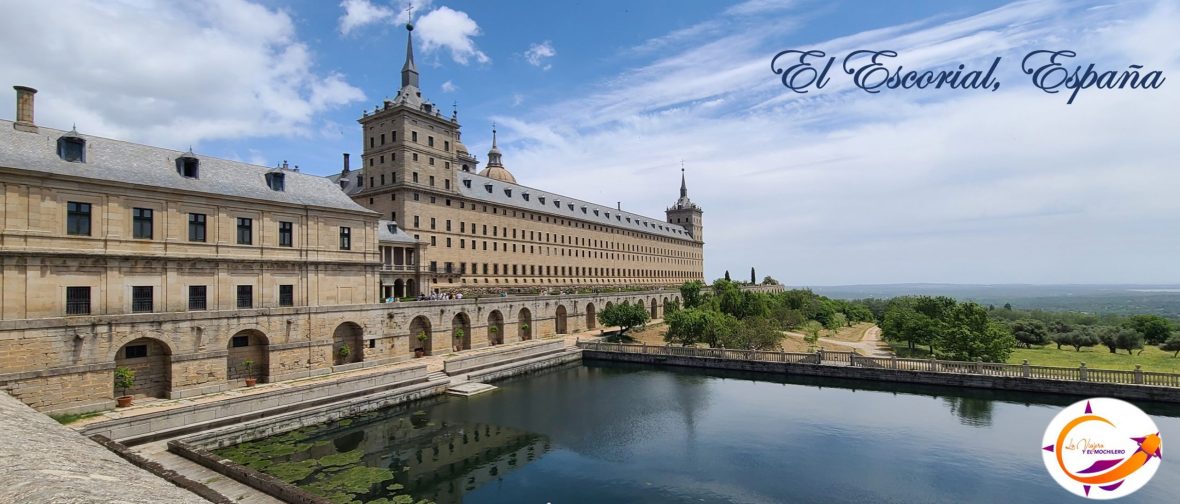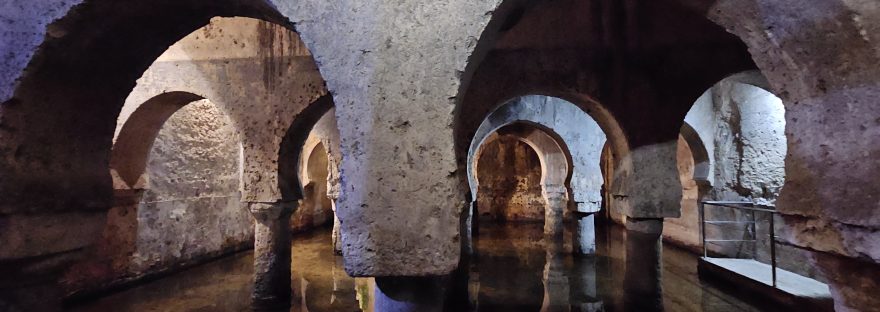In the Extremaduran city of Cáceres lies one of the most important and best-preserved cisterns in Spain and the Iberian Peninsula. Beneath the Casa or Palace of the Veletas stands this Andalusí cistern, an underground Arab water reservoir of great historical and architectural significance.
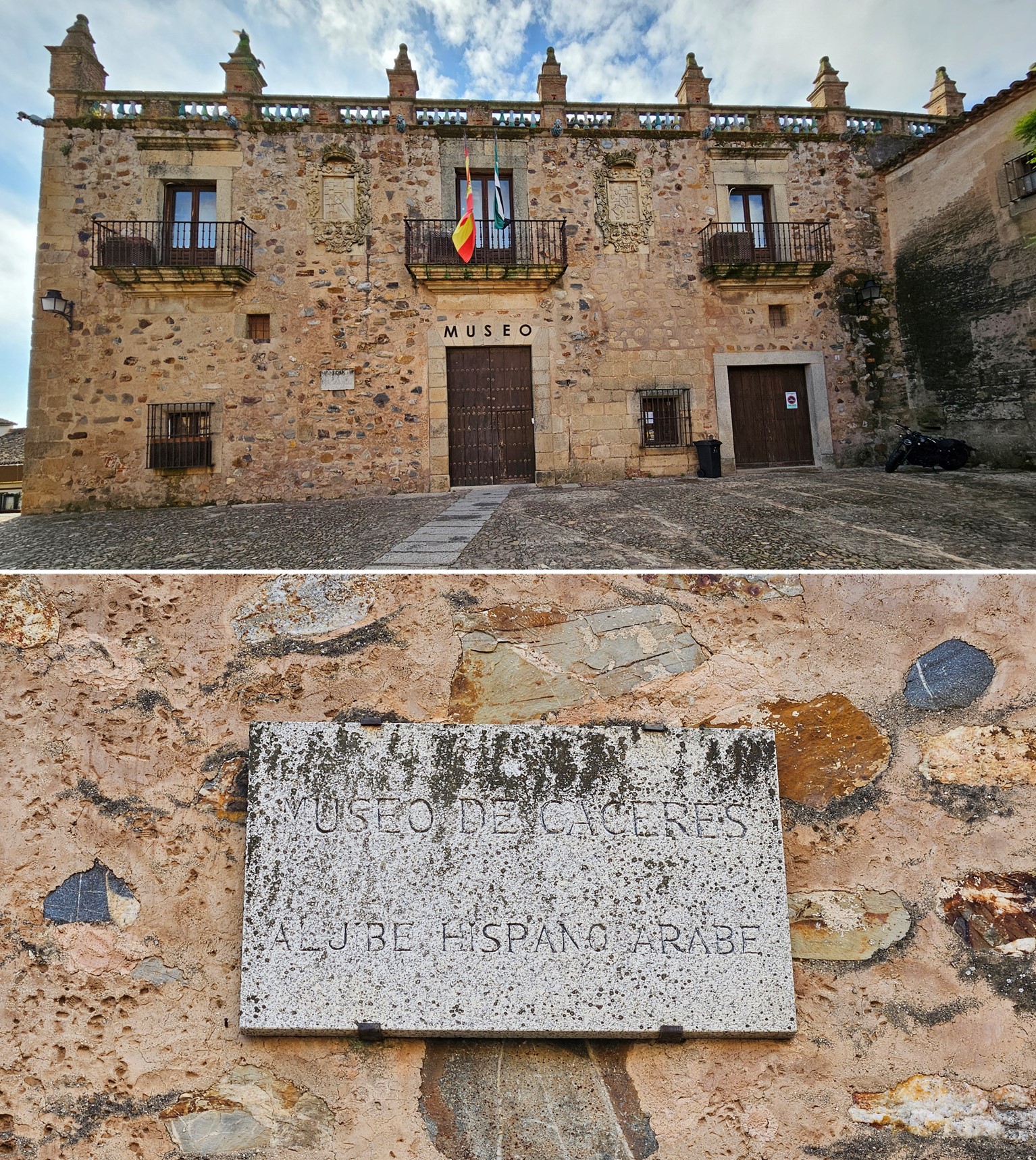
And one might ask: a palace built over an Arab cistern? The answer is that this Renaissance building, from the 15th century, was erected largely on the site of the old Almohad fortress. Interestingly, at the time, the Catholic Monarchs allowed Diego Gómez de Torres to build over the ruins of the fortress on the condition that the townspeople could continue using the cistern’s water. This created a usage easement, which meant that the people of Cáceres continued drawing from its waters until the early decades of the 20th century. Today, the Casa de las Veletas, together with the Casa de los Caballos, make up the facilities that house the Cáceres Museum.
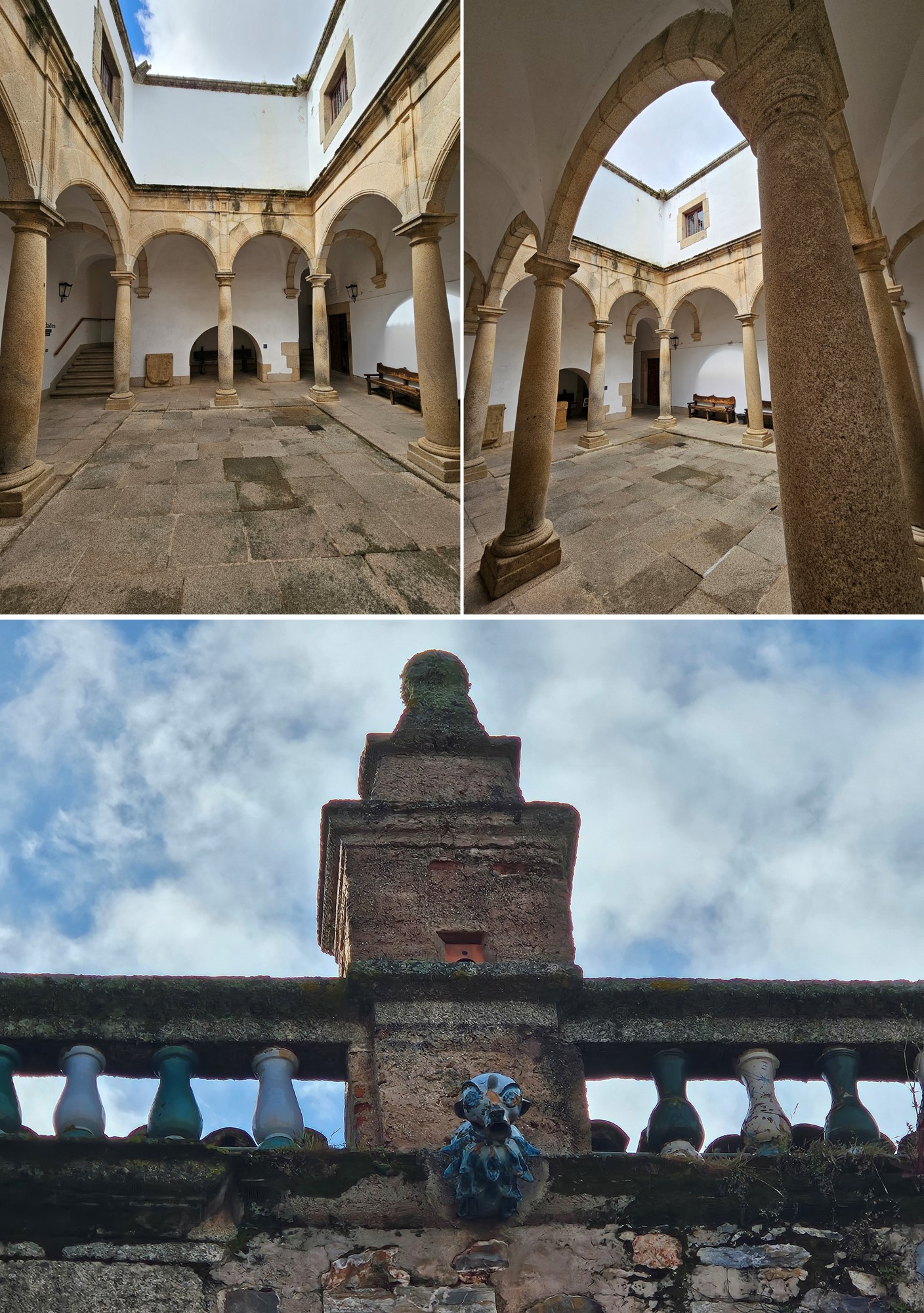
The interior of the Casa de las Veletas is organized around a beautiful square courtyard built in 1600, belonging to the first construction by Don Lorenzo de Ulloa y Torres. In the 18th century, the house was renovated by Jorge de Cáceres y Quiñones, from which date the gargoyles, glazed ceramic finials, and large coats of arms on the main façade.
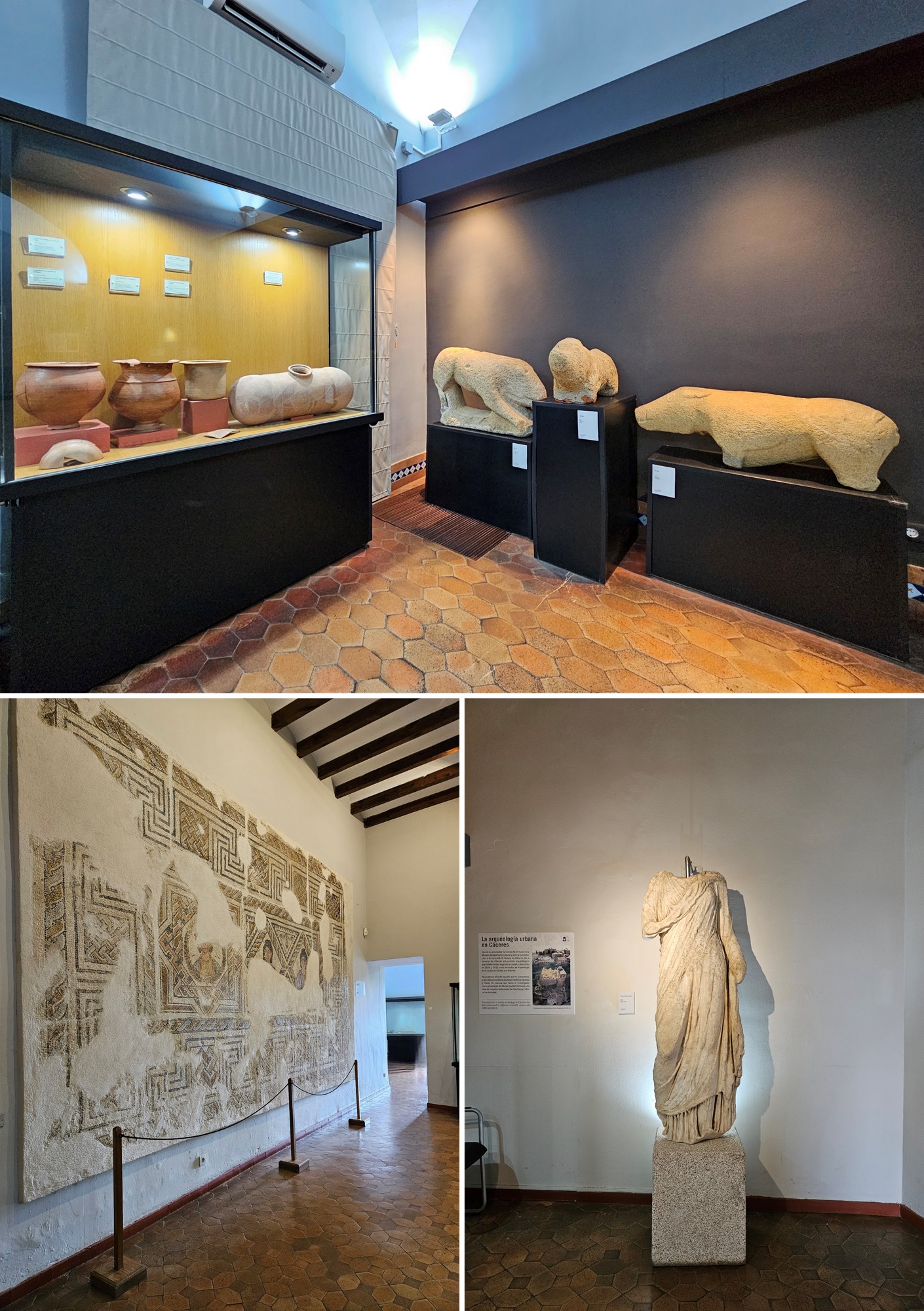
The Cáceres Museum houses an important archaeological collection spanning from the Paleolithic to the Roman era and Visigothic art. It also includes two major sections dedicated to ethnography and fine arts, both well worth a visit. Without a doubt, however, the most remarkable feature is the Andalusí cistern, which can be accessed through the museum’s courtyard.
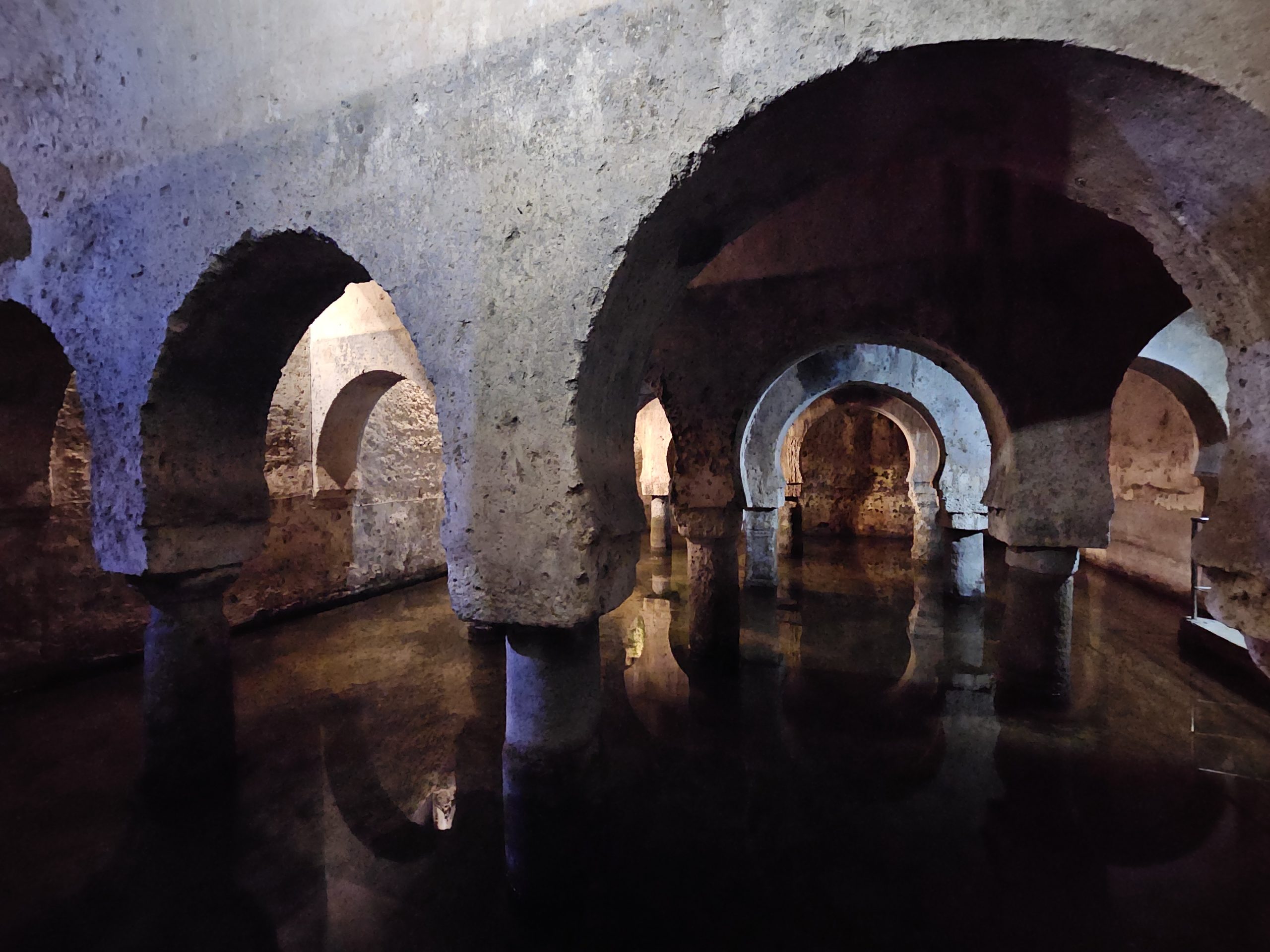
The cistern is dated to the 12th century, although there are indications it may have been built earlier, at least partially in the 11th century, before the arrival of the Almohads, as part of some Arab defensive settlement. It was constructed underground, beneath the vanished fortress, taking advantage of the natural depression of the terrain to serve as a water reservoir, with a system for collecting and storing rainwater. Its primary purpose was to supply the city of Cáceres, especially during times of siege or battle. In ancient times, cisterns were practically indispensable resources in cities, since they provided water to both defenders and the general population when access to rivers or nearby springs was cut off.

Its structure and construction techniques are a testament to the engineering of its era. The cistern is a rectangular, slightly irregular construction measuring approximately 15 meters long by 10 meters wide. It contains sixteen horseshoe arches supported by twelve columns, some of Roman and Visigothic origin, forming the five vaulted aisles of the structure. The ceiling originally had ventilation openings, and its full capacity for water storage is about 700 cubic meters. Today, it has a drainage system that automatically regulates the water level.
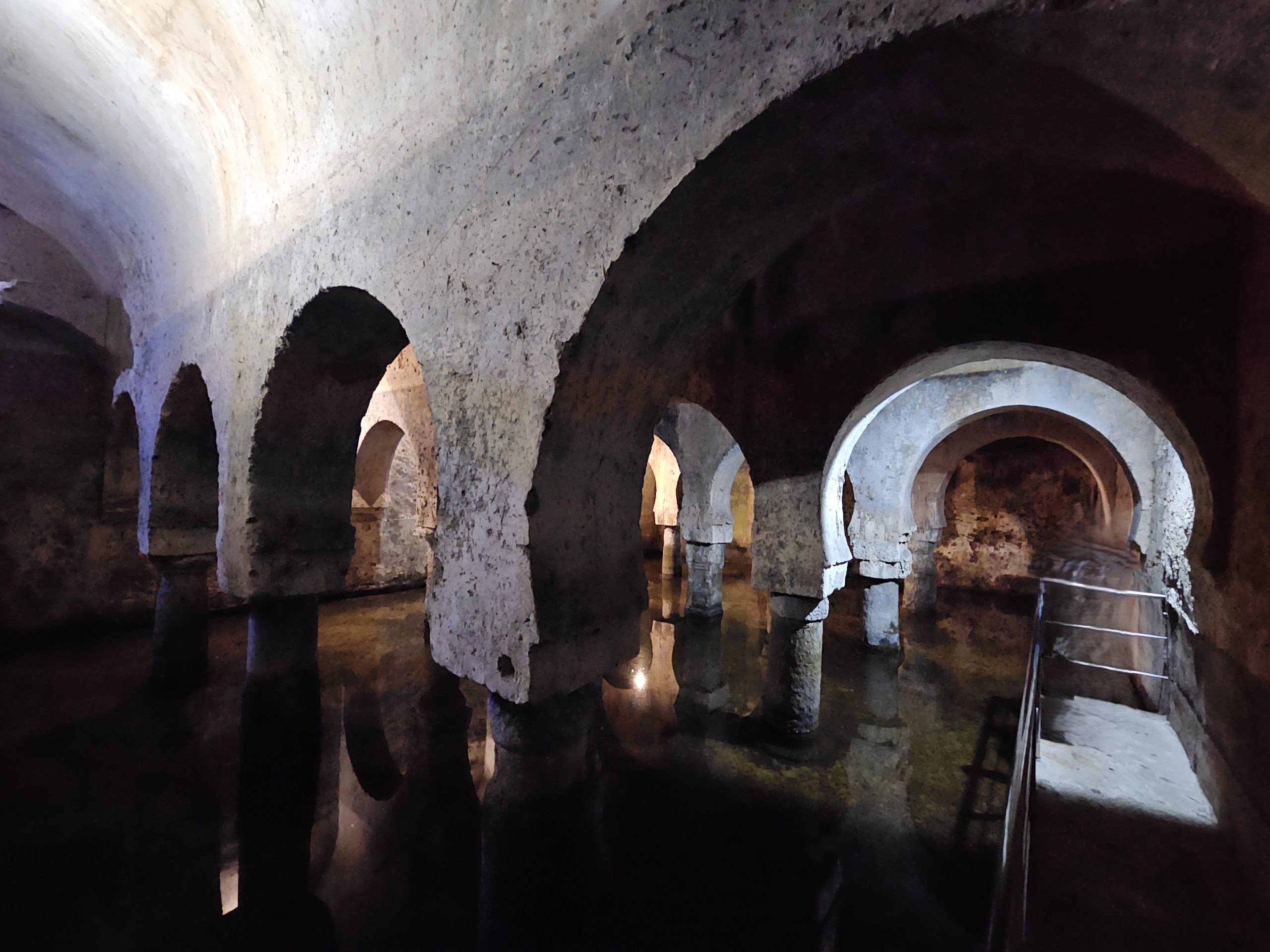
Today, the Andalusí cistern of the Casa de las Veletas is part of the permanent exhibition of the Cáceres Museum and is a major tourist attraction for both the city and the region of Extremadura. Beyond being a valuable testimony of Arab architecture and engineering in Spain, it is preserved in excellent condition and remains an integral part of the cultural heritage of Cáceres.
